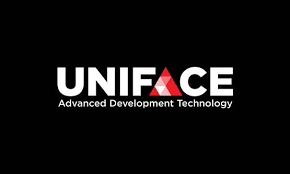Description
Introduction
Implementing UiPath in enterprise environments involves strategic planning, robust architecture, and effective governance to ensure successful automation at scale. This course provides insights into best practices, frameworks, and methodologies for deploying UiPath RPA solutions in large organizations. You will learn how to align automation initiatives with business objectives, manage resources effectively, and foster a culture of continuous improvement.
Prerequisites of UiPath
- Understanding of RPA Concepts and UiPath Studio
- Experience in Project Management or IT Governance
- Familiarity with Enterprise IT Infrastructure
- Basic Knowledge of Change Management Practices
Table of Contents
- Overview of RPA in Enterprise Settings
1.1 Benefits of RPA for Large Organizations
1.2 Key Components of an RPA Framework
1.3 Aligning Automation with Business Goals - Assessing Automation Opportunities
2.1 Identifying Processes Suitable for Automation
2.2 Conducting Automation Readiness Assessments
2.3 Developing a Business Case for RPA - Architecture and Infrastructure Design
3.1 Designing UiPath Architecture for Enterprises
3.2 Deploying UiPath Orchestrator and Robots
3.3 Integrating UiPath with Existing IT Systems - Governance and Compliance
4.1 Establishing RPA Governance Frameworks
4.2 Managing Security and Compliance Risks
4.3 Documenting Processes and Automation Workflows - Change Management Strategies
5.1 Preparing the Organization for Automation
5.2 Engaging Stakeholders and Building Support
5.3 Training and Upskilling Employees - Managing the Automation Lifecycle
6.1 Implementing Version Control and Change Management
6.2 Monitoring and Maintaining Automation Health
6.3 Scaling Automation Initiatives Across Departments - Performance Measurement and ROI
7.1 Defining Key Performance Indicators (KPIs)
7.2 Measuring Automation Success and Impact
7.3 Reporting and Communicating Results to Stakeholders - Future Trends in RPA and UiPath
8.1 Exploring Hyperautomation and AI Integration
8.2 Adapting to Evolving Business Needs
8.3 Building a Culture of Continuous Improvement
Conclusion
This course provides a comprehensive framework for implementing UiPath in enterprise environments. By understanding the strategic, architectural, and governance aspects of RPA deployment, you will be equipped to drive successful automation initiatives that align with organizational goals. Embracing best practices and fostering a culture of continuous improvement will position your organization to maximize the benefits of RPA and remain competitive in an increasingly automated world.
If you are looking for customized info, Please contact us here







Reviews
There are no reviews yet.